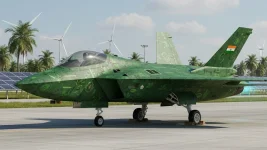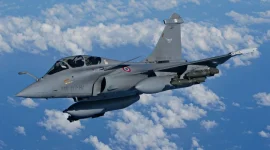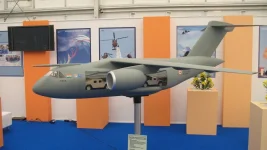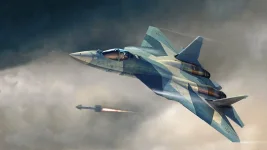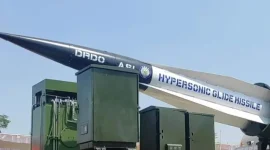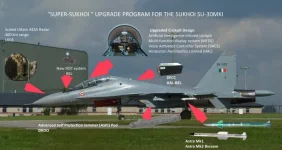In a significant recalibration of global military strength, India has been ranked as the world’s third most powerful air force, surpassing the People's Republic of China.
A new comprehensive assessment places India behind only the United States and Russia, highlighting a strategic shift in Asia's defence landscape.
The evaluation was conducted by the World Directory of Modern Military Aircraft (WDMMA), which annually ranks the air capabilities of 103 nations.
The ranking is not based solely on the number of aircraft but utilizes a holistic metric known as the 'TrueValue Rating' (TVR).
This rating analyzes factors such as force composition, modernization efforts, logistical infrastructure, and the professional training of personnel to provide a more accurate picture of a nation's offensive and defensive air capabilities.
A Qualitative Advantage Over a Larger Rival
While the Indian Air Force (IAF) is individually ranked sixth globally with a TVR of 69.4—just ahead of China’s People’s Liberation Army Air Force (PLAAF) at seventh with 63.8—India's overall third-place position is achieved when the aviation assets of its army and navy are also included.This comprehensive view underscores that India’s strength lies in a well-balanced and technologically diverse inventory.
India’s air assets are sourced from multiple international partners, including Russian Su-30MKI fighters, French Rafale jets, and American Apache attack helicopters and C-17 transport aircraft. This multi-vendor approach enhances operational flexibility and resilience.
In contrast, China’s numerically larger fleet, while featuring advanced aircraft like the J-20 stealth fighter, is predominantly sourced domestically and is assessed to have capability gaps in crucial areas such as close-air support and specialized bomber units, which impacted its overall TVR score.
Operational Prowess Validated in Combat
India’s high ranking is supported by recent demonstrations of its operational capabilities.In May 2025, the Indian armed forces conducted Operation Sindoor, a series of precision strikes on terrorist infrastructure within Pakistan and Pakistan-Occupied Kashmir. The operation was a direct response to the terror attack in Pahalgam on April 22 that claimed 26 lives.
This mission marked the first-ever combat use of advanced weapon systems like the BrahMos supersonic cruise missile against strategic targets, including Pakistani air bases.
Air Chief Marshal Amar Preet Singh later stated that the strikes inflicted substantial damage on enemy assets, neutralizing 12-13 fighter jets, radar systems, and command centres.
This successful operation demonstrated the IAF’s capacity for high-precision, low-risk engagement and validated the effectiveness of its indigenous and imported technologies.
Strategic Implications in a Tense Region
This re-evaluation of India’s air power comes at a time of increasing geopolitical tensions and rising military expenditures worldwide.Defence intelligence firm Janes projects that global defence spending could reach approximately $2.56 trillion by the end of the year, driven by ongoing conflicts and strategic competition.
India's enhanced standing bolsters its strategic posture in the Indo-Pacific region, reinforcing its role as a key player in regional security dynamics.
The WDMMA ranking emphasizes that modern air superiority is determined not just by the size of an air force, but by its technological sophistication, operational readiness, and the balance of its overall assets—areas where India has shown significant progress.


